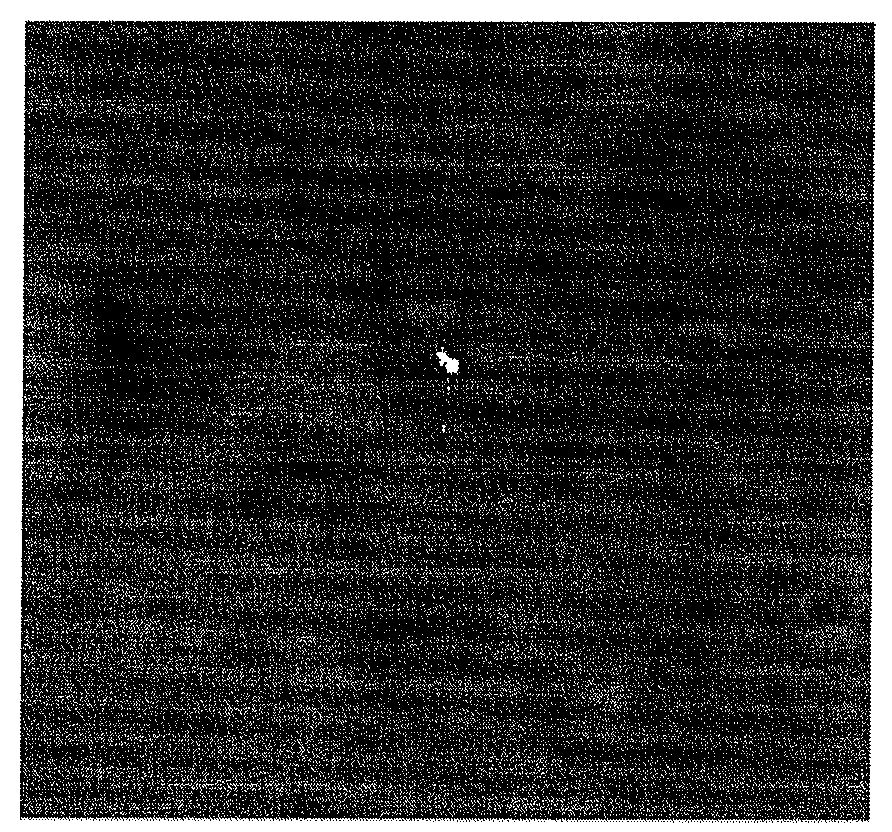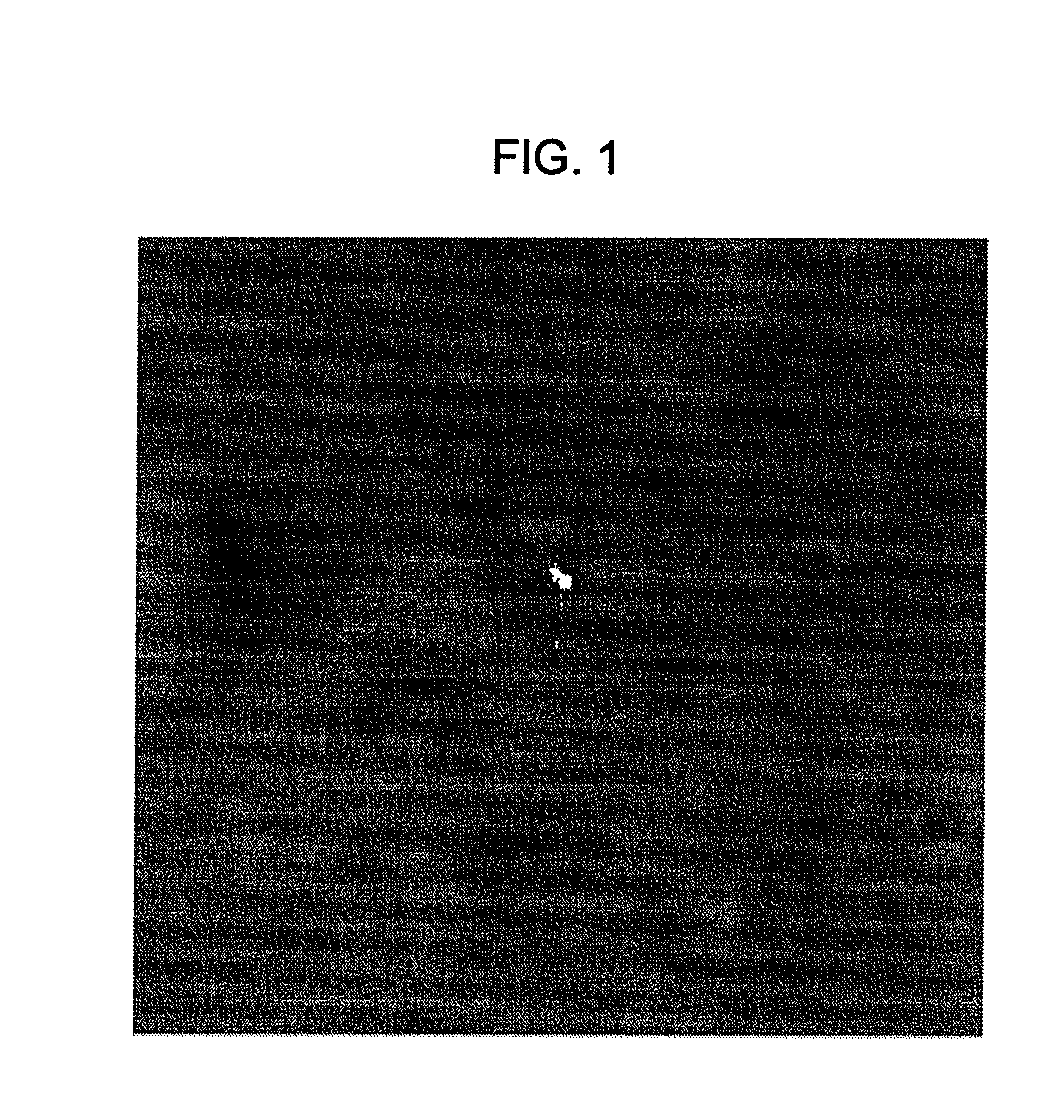Photopolymerizable monomers having epoxide and unsaturated double bonds and their composition
- Summary
- Abstract
- Description
- Claims
- Application Information
AI Technical Summary
Benefits of technology
Problems solved by technology
Method used
Image
Examples
example 1
Compound 1-1
[0077]To 5 g (0.0384 mol) of hydroxyethyl methacrylate (HEMA) dissolved in methylene chloride, 3.88 g (0.0384 mol) of triethylamine (TEA) was added, and the mixture was stirred for 10 minutes. Then, the mixture was added with 4.92 g (0.0384 mol) of 4-chlorophenol and stirred again. 24 hours later, after washing several times with distilled water, the organic layer was separated and the solvent was removed by washing several times with 1 wt % aqueous hydrochloric acid solution. The remainder was purified by chromatography using hexane and ethyl acetate (1:1, w / w). Then, after adding an aqueous solution of 1.26 g (0.0225 mol) of KOH and adding 0.1 g of a phase transfer catalyst BTEAC, 4.14 g (0.0225 mol) of epichlorohydrin was added, and stirred at room temperature. 24 hours later, after extracting with chloroform, the solution was washed several times with distilled water. Subsequently, epichlorohydrin and the solvent were evaporated at 70° C. The remainder was purified b...
example 2
Compound 1-2
[0082]To 5 g of hydroxyethyl methacrylate (HEMA) dissolved in methylene chloride, 4.2 g of tripropylamine (TPA) was added, and stirred for 10 minutes. Then, the mixture was stirred further after adding with 5.53 g of 4-chlorobenzene-1,2-diol. 24 hours later, after washing several times with distilled water, the organic layer was separated and the solvent was removed by washing several times with 1 wt % aqueous hydrochloric acid solution. The remainder was purified by chromatography using hexane and ethyl acetate (2:1, w / w). Then, after adding an aqueous solution of 2.35 g of KOH and adding 0.1 g of a phase transfer catalyst BTEAC, 3.864 g of epichlorohydrin was added, and stirred at room temperature. 24 hours later, after extracting with chloroform, the solution was washed several times with distilled water. Subsequently, epichlorohydrin and the solvent were evaporated at 70° C. The remainder was purified by chromatography using hexane and ethyl acetate (2:1, w / w). Compo...
example 3
Compound 1-3
[0090]To 5 g of hydroxyethyl methacrylate (HEMA) dissolved in methylene chloride, 3 g of pyridine was added, and stirred for 10 minutes. Then, the mixture was stirred further after adding with 5.53 g of 4-chlorobenzene-1,3-diol. 24 hours later, after washing several times with distilled water, the organic layer was separated and the solvent was removed by washing several times with 1 wt % aqueous hydrochloric acid solution. The remainder was purified by chromatography using hexane and ethyl acetate (3:1, w / w). Then, after adding an aqueous solution of 2.35 g (0.042 mol) of KOH and adding 0.1 g of cetyltrimethylammonium chloride and 0.1 g of benzyltrimethylammonium tribromide, 3.864 g (0.042 mol) of epichlorohydrin was added, and stirred at room temperature. 24 hours later, after extracting with chloroform, the solution was washed several times with distilled water. Subsequently, after evaporation of the liquid at 70° C. followed by purification, Compound 1-3 was obtained...
PUM
| Property | Measurement | Unit |
|---|---|---|
| Percent by mass | aaaaa | aaaaa |
| Percent by mass | aaaaa | aaaaa |
| Mechanical strength | aaaaa | aaaaa |
Abstract
Description
Claims
Application Information
 Login to View More
Login to View More - R&D
- Intellectual Property
- Life Sciences
- Materials
- Tech Scout
- Unparalleled Data Quality
- Higher Quality Content
- 60% Fewer Hallucinations
Browse by: Latest US Patents, China's latest patents, Technical Efficacy Thesaurus, Application Domain, Technology Topic, Popular Technical Reports.
© 2025 PatSnap. All rights reserved.Legal|Privacy policy|Modern Slavery Act Transparency Statement|Sitemap|About US| Contact US: help@patsnap.com



